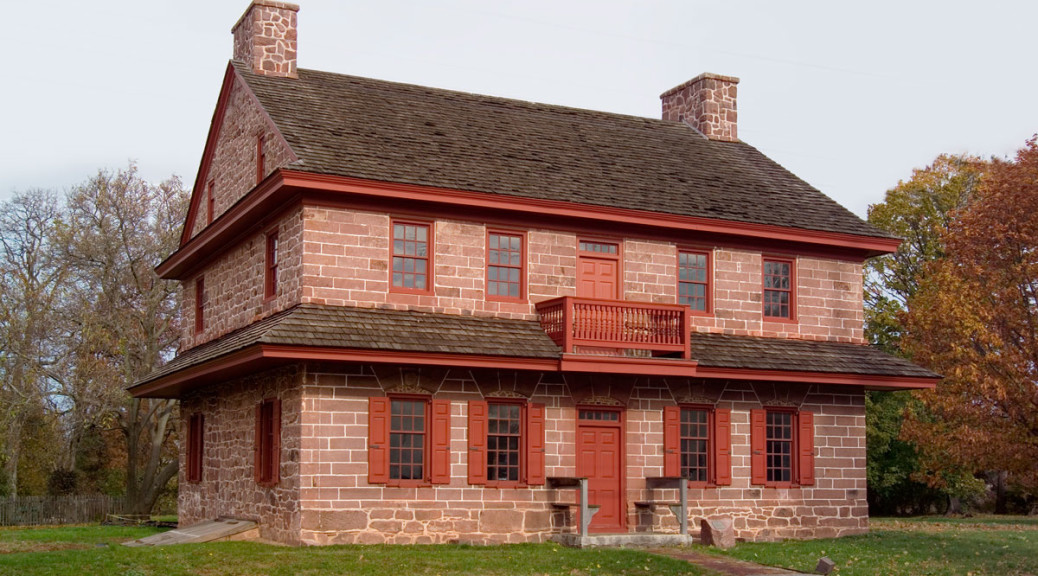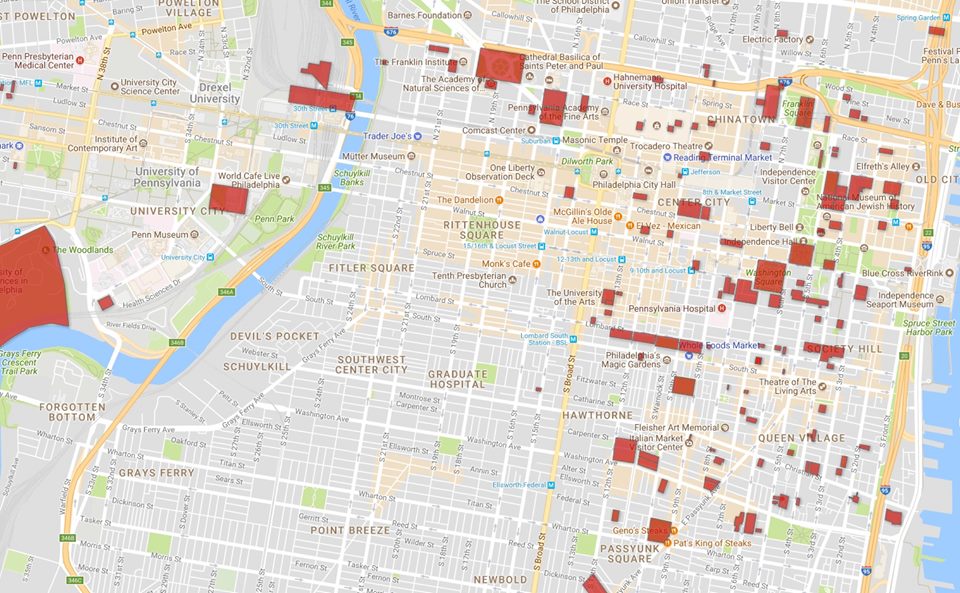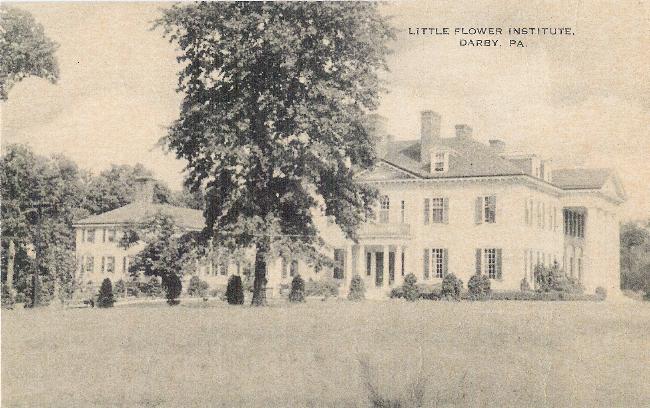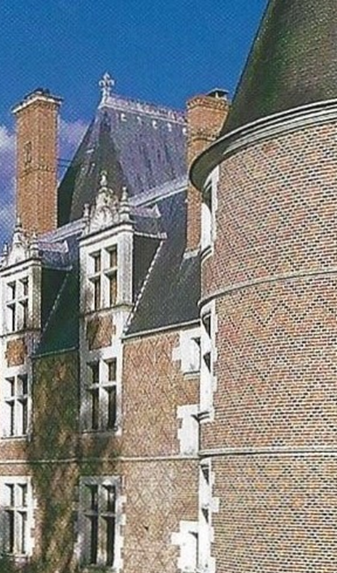
Chateau d’Herbault (1525), Allier province, France
by Elizabeth S. Browne
Wednesday, October 28 at 7:00 p.m.
Free and open to all, this talk will be online via Zoom (see below)
The premise of this talk is that the prevalent style of bricklaying in early America is typically, but incorrectly, called “Flemish” bond. Join us as Browne shares her original research on the origins of the elegant brick pattern which moved from France to America in the 16th-18th centuries amidst the upheavals of the Wars of Religion. Her theory, supported by extensive research, explores the path of this cultural artifact of craftsmanship and its craftsmen through the history of religion and society in France and America over two centuries. It has led her to the conclusion that this style should be called “Huguenot” bond, rather than Flemish Bond.
Elizabeth Browne received a BA in Modern European History at Wellesley College, with an emphasis on French history. Living in the midst of American history in Philadelphia gave her a new appreciation for it, leading her to become a tour guide and eventually a consultant to Historic Philadelphia, Inc. in the 1990s, designing tours of the historic area as stories and training guides to give them. She was a founder and vice-president of the Preservation Alliance for Greater Philadelphia, Chair of the Friends of Independence National Historical Park, founder and president of the Historic St. Peter’s Church Preservation Corp. She co-authored St. Peter’s Church: Faith in Action for 250 Years (Temple U. Press, 2011). She is currently a lecturer on American and French history topics, with a special interest in Philadelphia history and architecture and in the close bonds between the French and American peoples.
Use this link to join the Zoom meeting, you will also need to enter the passcode when promted
https://Jefferson.zoom.us/j/97019102198?pwd=MUdGSERpWVRKNmgwY3c4Rm5OOEE4QT09
Meeting ID: 970 1910 2198
Passcode: 877759
One tap mobile
+13126266799,,97019102198#,,,,,,0#,,877759# US (Chicago)
+16468769923,,97019102198#,,,,,,0#,,877759# US (New York)
Dial by your location
+1 312 626 6799 US (Chicago)
+1 646 876 9923 US (New York)
+1 301 715 8592 US (Germantown)
+1 346 248 7799 US (Houston)
+1 669 900 6833 US (San Jose)
+1 253 215 8782 US (Tacoma)
Meeting ID: 970 1910 2198
Passcode: 877759
Find your local number: https://Jefferson.zoom.us/u/acj7TZh1IB
Join by SIP
97019102198@zoomcrc.com
Join by H.323
162.255.37.11 (US West)
162.255.36.11 (US East)
Meeting ID: 970 1910 2198
Passcode: 877759
Join by Skype for Business
https://Jefferson.zoom.us/skype/97019102198
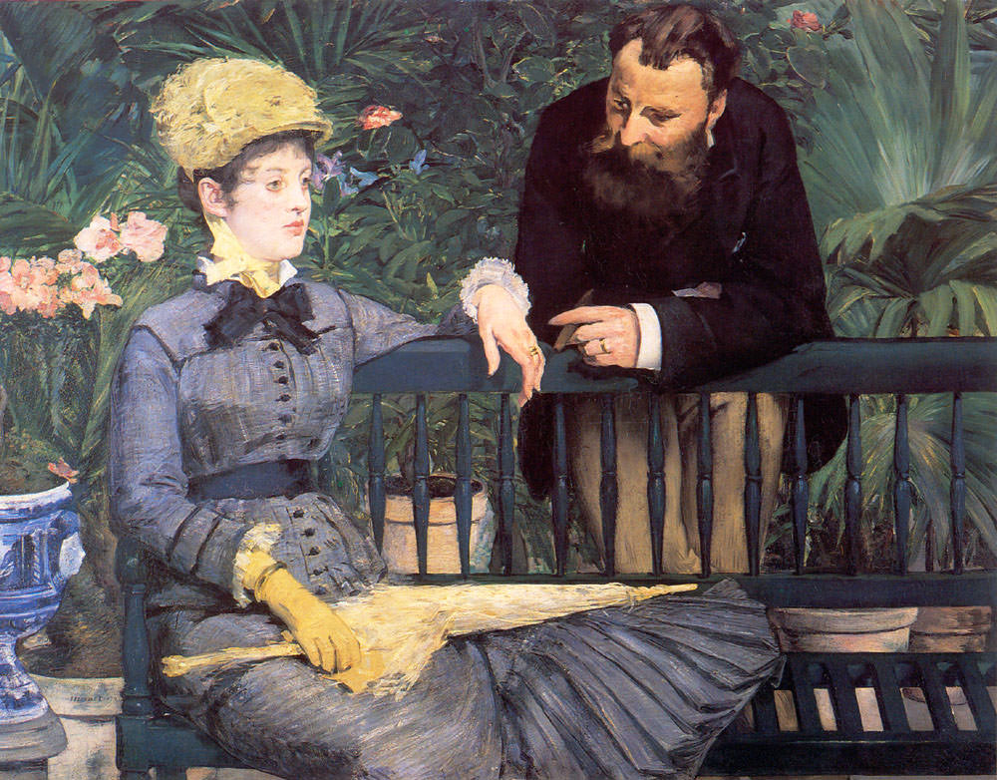

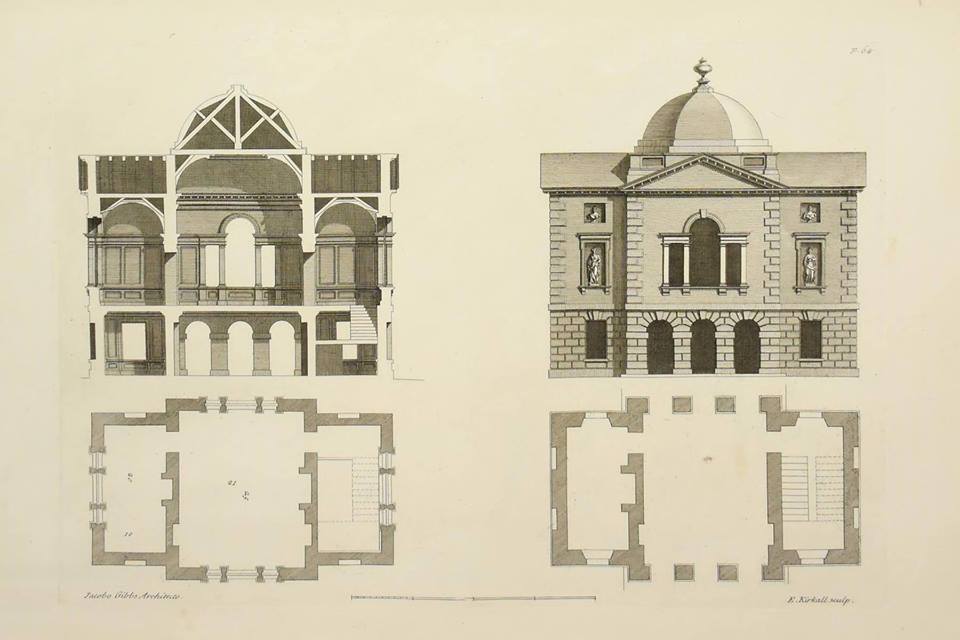
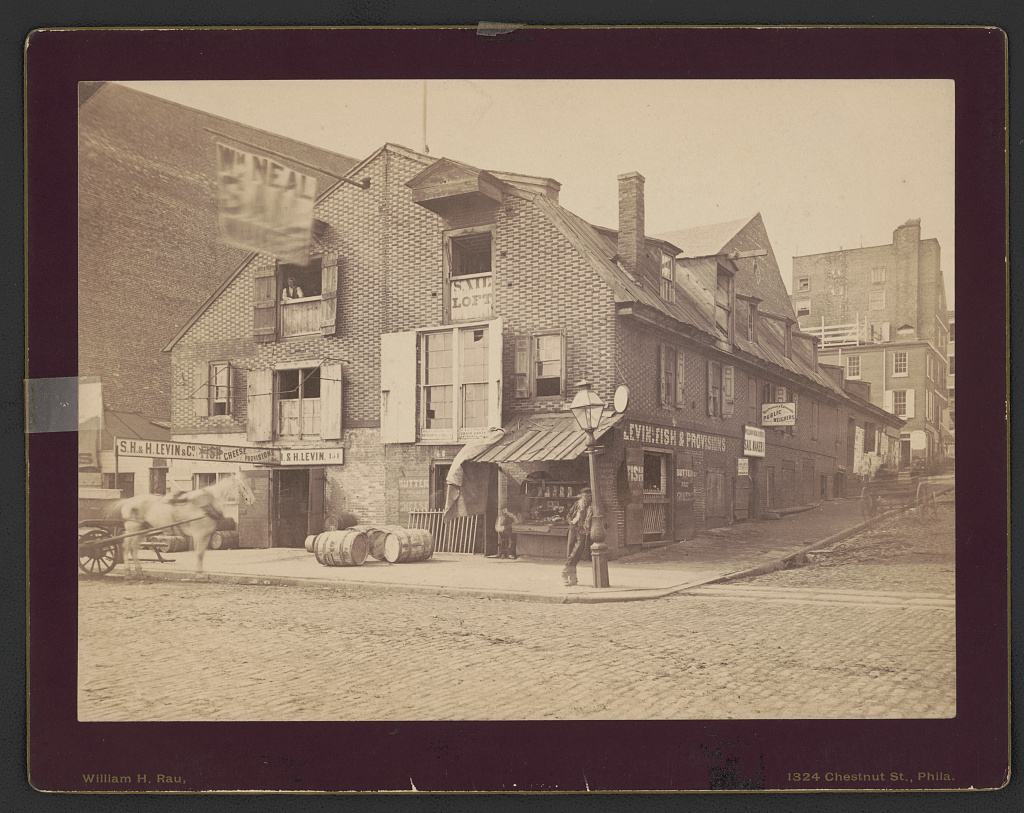
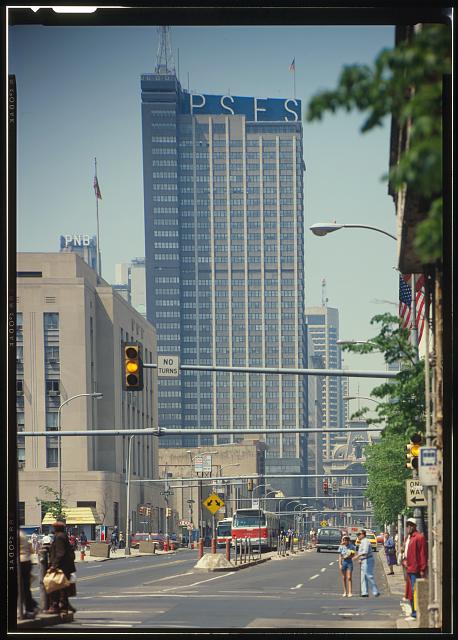
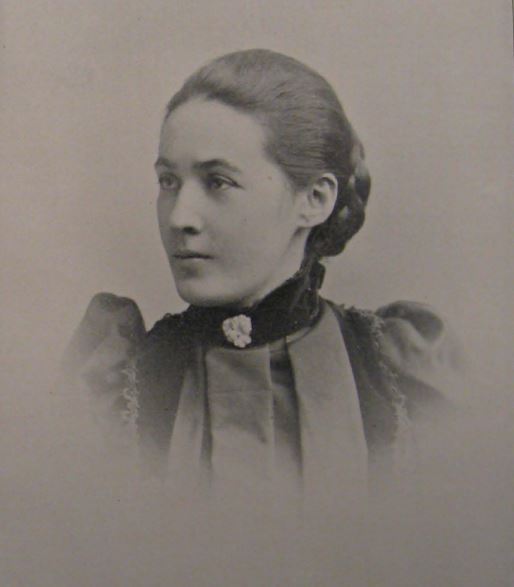 by Margaret (Molly) Lester, Research Associate for PennPraxis and creator
by Margaret (Molly) Lester, Research Associate for PennPraxis and creator